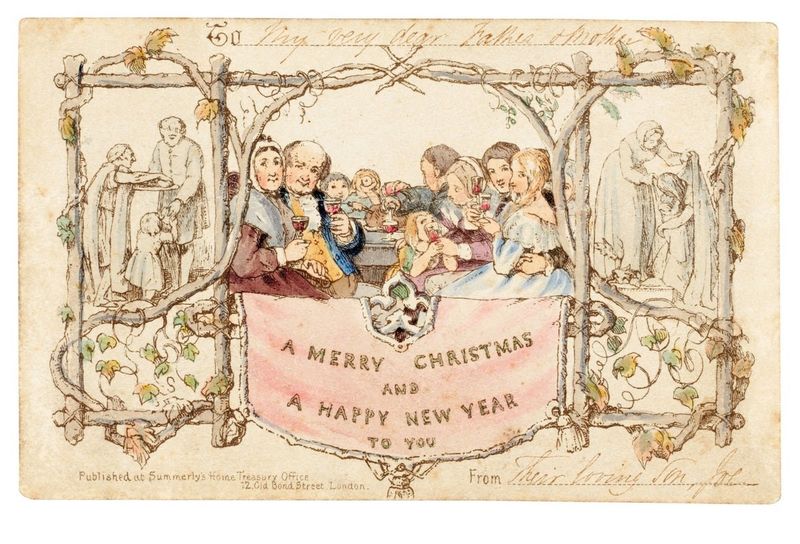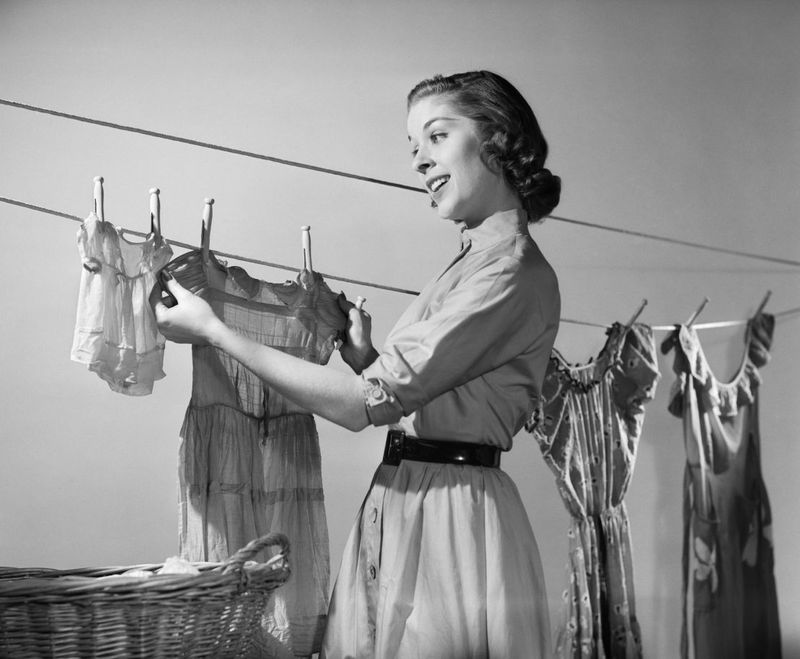The generational gap often leads to differing perspectives. Baby Boomers, born between 1946 and 1964, have their own unique viewpoints that sometimes bewilder younger generations. This article explores 15 examples of Baby Boomer logic that might leave millennials and Gen Z scratching their heads.
1. Home Ownership Idealism

“Owning a home is the ultimate success marker,” claim many Baby Boomers. For them, home ownership signifies stability, status, and success. In a post-war economy, real estate appeared the safest investment, often appreciating in value over time.
Today, however, the housing market presents daunting challenges for younger generations, with skyrocketing prices and stagnant wages. Millennials and Gen Z often prioritize flexibility and experiences over property.
The traditional view of home ownership as a ‘must’ is being questioned by those who see their income stretched thin, while Boomers reminisce about mortgages that cost fractions of modern ones.
2. The 9-to-5 Work Model

The steadfast 9-to-5 workday, connoting structure and routine, was a staple for Baby Boomers. In their view, working these hours demonstrated dedication and reliability.
They thrived in environments where showing up in person was essential, often equating long hours with commitment. However, digital natives question this rigidity, valuing flexibility and work-life balance.
Remote work and flexible schedules redefine productivity for newer generations, who embrace technology to escape the constraints of traditional office hours. Boomers might find this baffling, clinging to a regimented work ethos that younger workers often eschew.
3. Loyalty to One Employer

“Stay loyal to one employer and you’ll be rewarded,” was a common refrain among Boomers. Many spent decades at a single company, climbing the corporate ladder slowly but steadily.
This loyalty was reciprocated with pensions and retirement parties. However, the modern job market is markedly different, with job-hopping becoming the norm.
Younger workers prioritize career growth and new experiences, opting to switch employers every few years. They view loyalty as potentially limiting, while Boomers see it as a testament to one’s character and dedication. This creates a notable generational divide.
4. Marriage as a Life Goal

For many Baby Boomers, marriage was a pivotal life goal. Society impressed upon them the importance of tying the knot early, often equating it with personal fulfillment and stability.
In contrast, younger generations are delaying or forgoing marriage, focusing on personal growth and career development first. The desire for independence, coupled with changing social norms, means marriage is no longer seen as essential.
Boomers might view this trend as shirking responsibility, while millennials and Gen Z see it as adapting to new economic realities and personal aspirations.
5. Facing Technology with Skepticism

Many Baby Boomers approach technology with skepticism, often preferring familiar methods over digital alternatives. They grew up in a world where technology advanced gradually, unlike today’s rapid pace.
This hesitancy contrasts with younger generations who embrace and adapt to new tech seamlessly. Boomers often rely on traditional media and communication methods, wary of potential privacy intrusions and complexity.
This cautious approach can seem bewildering to digital natives, who see technology as vital for connectivity and convenience. The generation gap is stark, as Boomers question what younger people accept without thought.
6. The Importance of Face-to-Face Interaction

Baby Boomers place high value on face-to-face interaction, believing it fosters genuine connections. They grew up in an era without digital distractions, where in-person communication was the norm.
In contrast, digital natives are accustomed to virtual interactions, seeing them as equally meaningful. This discrepancy leads to misunderstandings, as Boomers might view digital communication as superficial.
Younger generations argue that technology enables connections across distances, enhancing relationships. Boomers, however, often cling to the tangible, finding it hard to replicate the authenticity of a handshake or eye contact.
7. Shopping Malls as Social Hubs

For Baby Boomers, shopping malls were more than consumer spaces; they were social hubs. Malls offered a place to gather, shop, and socialize, becoming integral to suburban life.
This contrasts starkly with the online shopping era embraced by younger generations, who value convenience over traditional retail experiences. The decline of malls reflects this shift, leading Boomers to reminisce about a bygone era of personal interaction.
While younger generations find entertainment and socialization online, Boomers cherish memories of afternoons spent wandering through malls, forming a cultural disconnect.
8. Cable Television’s Dominance

Cable television was king for Baby Boomers, defining entertainment with channels offering a variety of shows and news. It represented a technological leap from previous generations’ radio dependence.
Today, streaming services dominate, with younger viewers favoring on-demand content. The shift from scheduled programming to streaming puzzles some Boomers, who recall the communal aspect of gathering for prime-time TV.
Younger generations appreciate the flexibility and variety streaming services offer, contrasting with Boomers’ nostalgia for the days of limited channels and TV guides.
9. Print Media Preference

Boomers gravitate towards print media, often seen with newspapers or magazines in hand. This preference stems from a time when print was the primary news source, shaping their perceptions.
Digital natives, meanwhile, consume news online, finding it faster and more diverse. This shift has led to the decline of print, puzzling Boomers who value the tactile experience of ink and paper.
The generational divide highlights differing trust in information sources, as Boomers question the reliability of digital news, while younger readers appreciate its immediacy and breadth.
10. Holiday Cards Tradition

For Boomers, sending holiday cards was a cherished tradition, symbolizing thoughtfulness and connection. It was a way to maintain relationships across distances, involving personal effort.
Today, digital greetings are more common, viewed as efficient and eco-friendly by younger generations. The decline in physical card exchanges baffles Boomers, who value the personal touch traditional cards convey.
Younger people argue that digital cards are just as meaningful, adapting to fast-paced lives and environmental concerns. The nostalgic charm of paper cards, however, holds a special place in Boomers’ hearts.
11. Fixed Gender Roles

Baby Boomers were raised with distinct gender roles, where men worked and women managed the home. This setup reflected societal norms of their upbringing, dictating family dynamics.
Younger generations challenge these roles, advocating for equality and flexibility in gender responsibilities. This progressive approach clashes with Boomers’ traditional views, creating tension in discussions about gender expectations.
Despite changing norms, some Boomers struggle to understand shifting roles, holding onto values they were taught as children. The evolving perspectives on gender highlight the generational divide in societal expectations.
12. The Value of Encyclopedias

Boomers grew up in a time when encyclopedias were the pinnacle of knowledge. They invested in these hefty volumes, viewing them as invaluable educational tools.
Today, the internet provides instant information, rendering encyclopedias nearly obsolete. Younger generations access data online, questioning the need for physical books.
Boomers fondly remember encyclopedias as cherished household items, representing a world before digital knowledge. The generational shift from physical to digital learning resources illustrates changing values in information consumption.
13. Cursive Writing in Schools

Cursive writing was a staple of education for Boomers, where penmanship was emphasized as a vital skill. It symbolized literacy and education, ingrained in school curricula.
Modern education, however, prioritizes typing skills, reflecting digital communication’s dominance. Younger generations question the emphasis on cursive, seeing it as outdated.
Boomers, on the other hand, view cursive as an art form, a link to the past. This divide highlights differing priorities in educational systems, as technology reshapes what skills are deemed necessary.
14. The Concept of Sacrifice

Sacrifice was a revered concept for Boomers, who grew up with stories of war and economic hardship. They learned to appreciate frugality and hard work, valuing material possessions.
Younger generations enjoy more abundance and opportunities, leading to differing perspectives on sacrifice. They often prioritize experiences and well-being over material accumulation.
Boomers’ emphasis on sacrifice sometimes appears outdated to those who seek balance and fulfillment. The difference in values underscores a generational shift in attitudes towards wealth and prosperity.
Hi all, I am Sidney, an accountant, a hobbyist photographer, and a mother to two sweet girls who are my motivation. I love sharing the tips and tricks I gained all these years I’ve been a mother. I hope it will help you!

